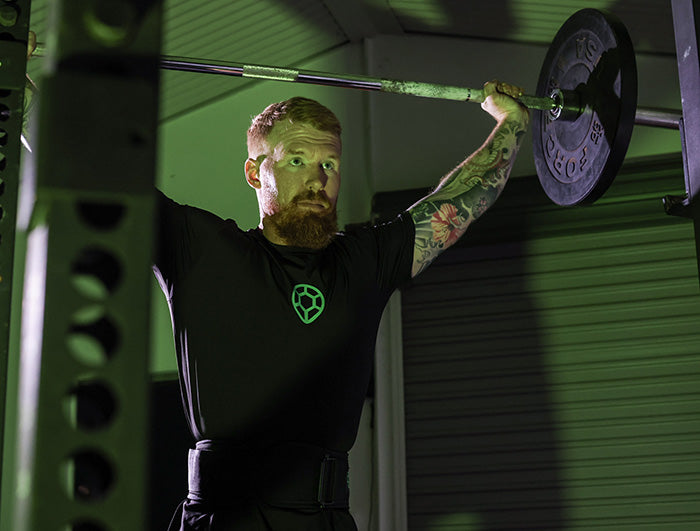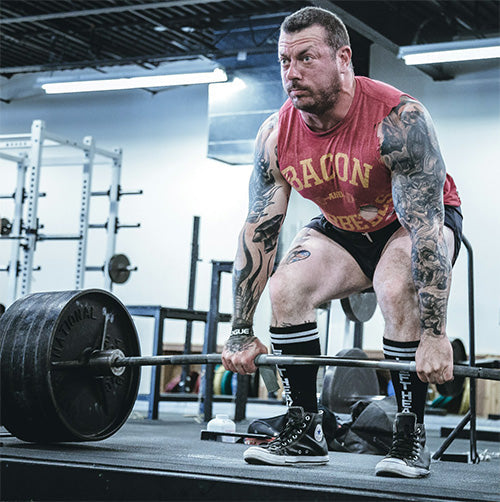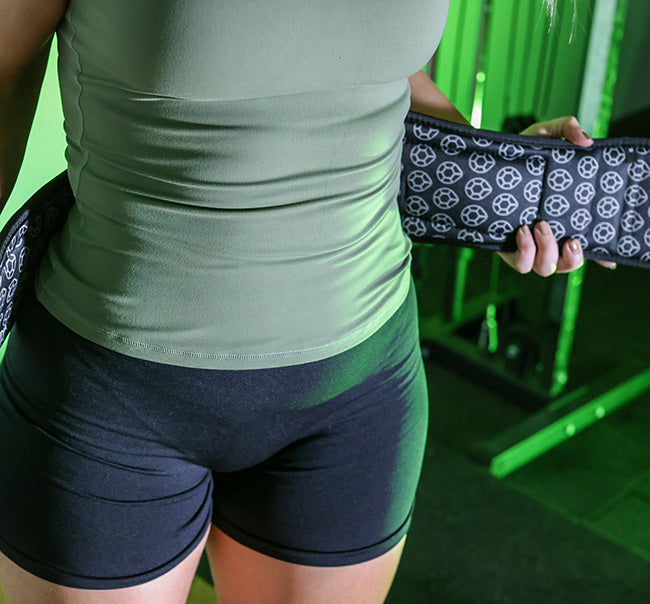The DOTS Score is worked out by multiplying your total lift (the sum of your best squat, bench press, and deadlift) by a coefficient based on your body weight. This coefficient is calculated using a formula designed to fairly compare lifters of different sizes.
You don’t need to work out the coefficient yourself — most competitions and this calculator do it automatically. Once the coefficient is known, the calculation is simple:
DOTS Score = Total Lifted × Coefficient
For example, if you lifted a total of 600 kg and your coefficient was 0.5500, your DOTS Score would be:
600 × 0.5500 = 330.0
The DOTS formula uses slightly different constants for men and women to ensure fair comparisons. Overall, it provides a modern and balanced way to rank lifters across all weight classes, without giving an advantage to lighter or heavier athletes.
Where BW is your body weight in kilograms, and a, b, c, d, e, f are constants defined when DOTS was developed:
Men’s Constants:
a = 47.46178854
b = 8.472061379
c = -0.07369410346
d = 0.0002586110512
e = -0.0000003634089054
f = 0.000000001790898013
Women’s Constants:
a = -125.4255398
b = 13.71219419
c = -0.03307250631
d = 0.00004809990691
e = -0.00000003622531999
f = 0.000000000105123006






